You’re a young entrepreneur, eager to take on the world and turn your dream into a successful business. Well, first you need a business plan — a document that outlines how you turn your dreams into reality.
We’ve also created a free business plan generator for young entrepreneurs that you can try out and will walk you through the steps to build a plan. Also read “Why young entrepreneurs should have a business plan”.
A business plan is a step-by-step guide to growing your business. Here are some elements it can have. (It doesn’t have to have all of them — these are just suggestions.)
- A vision statement. This is an “elevator pitch” that sums up your vision for what the company will do when it’s successful. This will help you see where you want to eventually end up — and it’s good to be able to describe your business dream in a 30-second pitch – you never know when you may need to win over a potential investor, partner or customer. (You might run into someone who can help you during a short elevator ride; that’s why they call it an “elevator pitch.”)
The rest of the business plan can include the information below. Every question may not apply to your business – this is just a list of questions you should think about adding to your plan. (Also, note that you can find help answering a lot of questions below in the “Getting Started” section of this website):
- First, identify exactly what products you expect to sell or what services you will offer. Let’s say you were creating a business to create and distribute fliers for businesses, for example. Here’s what you might say for that section of the business plan:
The business will be called Debbie’s Fliers. We will distribute fliers for businesses in our neighborhood. We can also create the fliers for them. We will serve businesses in the 27608 and 27609 ZIP codes.
- What kind of corporate structure (if any) the company will have. For example do you want it to be a sole proprietorship, S corporation or Limited Liability Company?
Debbie’s Fliers will be an LLC, equally owned and managed by its two partners, Debbie Shook, who has experienced in graphics and knows InDesign and Photoshop, and David Sherman, who has experience as a delivery person for Pizza Hut and knows the two ZIP codes very well.
- Do you need permits, rezoning or a partnership agreement?
We do not need permits but we do need to establish an LLC with the state.
- What kind of competition will you have and how will you succeed in the face of competition?
There are several companies that distribute fliers in the city but few in those ZIP codes since homes tend to be far apart. From our observation, most promotional material is sent through the mail.
- Will you run the business by yourself or will you have employees?
We will have no employees at least in the first year — only the two partners
- How much space do you need for the business? Can you operate the business from your home or will you need to find a location outside your home?
The business will be run out of basement of Debbie’s home.
- What kind of assets do you already have (e.g., knowledge, skills, supplies, tools, technology, a website, etc.) and what do you need?
Debbie, who is 16, has a computer with InDesign and Photoshop software. David is 17 and has a driver’s license and can borrow his dad’s car occasionally.
- How much financing do you need to get started, and where can you get it?
Debbie’s Fliers has capital of $100 — $75 from Debbie’s babysitting revenue and $25 that David has left over from a summer job. That will cover the creation of promotional material printing. It will only cover gasoline for about the first month, however as revenue starts to come in it will be used for gasoline. Incoming revenue will also be used to buy any paper and ink cartridges necessary for creation of brochures for clients. (We will require a deposit that can be used to buy these supplies in advance of any job.)
We will market the business through social media as well as brochures that we will place on car windows in four large shopping centers within the two ZIP codes, as well as on bulletin hoards in coffee shops and supermarkets. We will create 250 brochures at a cost of $54 ($36 for ink cartridges and $18 for card stock paper).
- How do you distribute your products (e.g., Through the mail? Delivery?)
We will distribute the fliers for clients by placing them on car windows (under windshield wipers) and on bulletin boards in supermarkets and coffee shops.
- What will your costs be? How much will you charge? When do you expect to earn a profit?
We expect to bring in an estimated $30/month initially, growing to $300/month within a year. We will pay ourselves $7.50 an hour and expect to work a total of 30 hours each month, or about $225/month in salary. By the end of the year, we should be bringing in $74/month in profit and it should only go up from there.
- What are your goals for growth in the first six months and in the first year?
Debbie’s Fliers already has solid commitments from two clients and another eight have expressed interest. We anticipate five clients in the first month, growing to 10 within six months and 20 in a year
- What are your goals for expansion (including new products or services you may add) and when do you plan to meet those goals?
After one year, we will be earning a profit and will consider adding employees and possibly new services then.
Good luck! And remember – keep it simple. There’s no use having a plan with fancy-sounding language that doesn’t help you because it’s too complicated.





